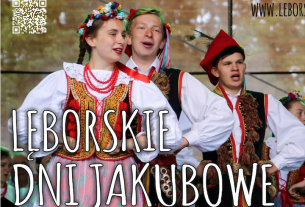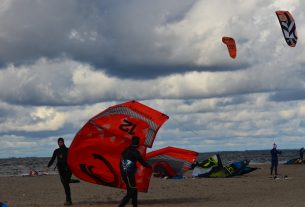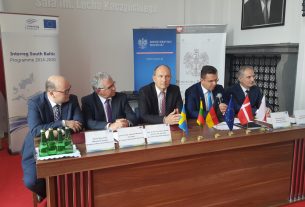LOCATION




photo source:
ATTRACTIONS
Between the Market square and the Fish Market, the town hall competes with the houses of wealthy citizens and the mighty towers of St Mary’s and St Nicholas’ as the dominant edifice.
Greifswald’s gabled houses are an enduring witness to the commercial and artistic energy of the Hanseatic period. Two Gothic brick gabled houses, renovated in 1998, are the most decorative buildings on Greifswald’s market square. It was in St Nicholas’ cathedral, dedicated to the patron saint of seafarers and merchants, that Caspar David Friedrich was baptised. Unlike St Mary’s, the cathedral is built in basilica form with a high nave and lower side aisles.
Close to the university stands St James’, in the middle ages the church of the new town.
The spire of St Mary’s, the first of the three monumental parish churches, dominates the northeast quarter of the old city, probably the oldest part of Greifswald. The steep gable, dating from 1360, the massive roof and broad of St Mary’s shelter one of the most beautiful church interiors in northern Germany. In 1264, Greifswald received approval for the construction of massive city fortifications. The Fangenturm, a round tower on the north-east corner of these fortifications, was erected around 1270/80.
SOURCE
Class: [ C ] Baltic Sea Region Cultural Heritage Properties
Subclass: Architectural complexes
Web pages:
http://www.greifswald.de/en/englisch/tourism/experience-greifswald/sightseeing/the-historical-old-city.html
http://www.greifswald.de/en.html http://en.wikipedia.org/wiki/University_of_Greifswald
http://www.chemie.uni-greifswald.de/~biochem/Greifswald.htm
http://www.german-architecture.info/GERMANY/HGW/HGW.htm






